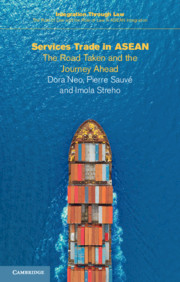The first wave of globalization, from 1850 to 1914, is considered to be a period when global trade and investment increased at a steady pace, impacting on global economic growth. Yet that evolution was not consistent across all industries. This article explains why, during that period, global trade in wines and other alcoholic beverages was reversed. Apart from diseases that affected vineyards in the main wine-producing countries of the Old World, various factors in the New World—including local government incentives and the presence of consumers (immigrants) with acquired habits of consumption from European countries—created strong incentives for the imitation and adulteration of wines. This study looks at the strategies used both by the imitators in expanding their businesses and by the innovators to survive in institutional environments that were weak with regard to the protection of their intellectual property.
